An easily understood feature of corporate taxation is that you only tax a business once it is making a profit. But what do you do if it takes several years before the business makes a profit?
It easily takes 7-10 years for a mining venture to come into production and reach the stage where it is finally profitable – i.e.: it is generating enough revenue to cover its day-to-day operating costs, and it has paid off all of its initial investment.
This long lead-time to profitability is the biggest challenge facing tax departments in the major mining jurisdictions of the world. After all, governments have pressing revenue needs of their own – for salaries, social spending, infrastructure, etc. – and they don’t always like to wait that long. That said, it’s not as if governments are getting nothing from the mines in these early stages: the mines pay VAT and various duties, and employees and contractors pay tax (PAYE) on their salaries. These amounts are substantial.
“Tax rates need to be high enough to maximize tax revenue, yet low enough to incentive mines to continue investing in production and expansion”
How to square the circle? The solution is to have two taxes – a royalty tax on production that brings in tax revenue immediately; and a tax on profit that brings in tax revenue much later. This is the formula which most of the world’s mining jurisdictions have come up with, from Chile and Zambia to Canada and Australia.
A royalty tax is formally known as MRT – Mineral Royalty Tax. It is usually low – typically 1% to 5% – and is levied on production, or sales. So if a mine sells $10 million worth of copper in a given month, and the royalty rate is 5%, it will pay $500 000 in royalty tax for that month. Governments like royalty tax because it’s easy to calculate and is payable immediately.
However, a royalty  tax is a blunt instrument, and is not sensitive to the particular circumstances of each mine. Because it is based on production, it has no regard for costs. So two mines with completely different cost structures and profit levels might end up paying the same royalty tax. A mine can be making a loss and still have to pay royalties; indeed, it might well have to borrow money to be able to pay it.
tax is a blunt instrument, and is not sensitive to the particular circumstances of each mine. Because it is based on production, it has no regard for costs. So two mines with completely different cost structures and profit levels might end up paying the same royalty tax. A mine can be making a loss and still have to pay royalties; indeed, it might well have to borrow money to be able to pay it.
The profit tax is usually known as Corporation Income Tax, and is set at a much higher level – typically 25% to 35%. The cumulative effect of MRT, profit tax, VAT, and various duties and tax allowances produces an average effective tax rate, which is an indication of how attractive mining investors regard a country from a fiscal point of view.
According to a comparative study by mining consulting firm Wood Mackenzie for 2013, Zambia’s average effective tax rate was in the range of 45% to 50% – the highest among the 12 countries surveyed. This compares to 15% to 20% for Canada and Chile, and 25% to 30% for Russia, Congo and the Democratic Republic of Congo.
Getting all your various mining-tax rates right is a delicate balance. If you set the rate too low, you don’t get enough upfront tax revenue from new mining ventures. It you set it too high, it makes the upfront costs of the mining venture prohibitive; in the case of existing operations, it pushes profitability further out in time, and for both new and old mines, it decreases the overall return on investment.
When that happens, investors may decide it’s not worth starting new mining ventures at all, or continuing to invest in existing ones – and this kills the very tax revenue the government wanted to generate in the first place.























